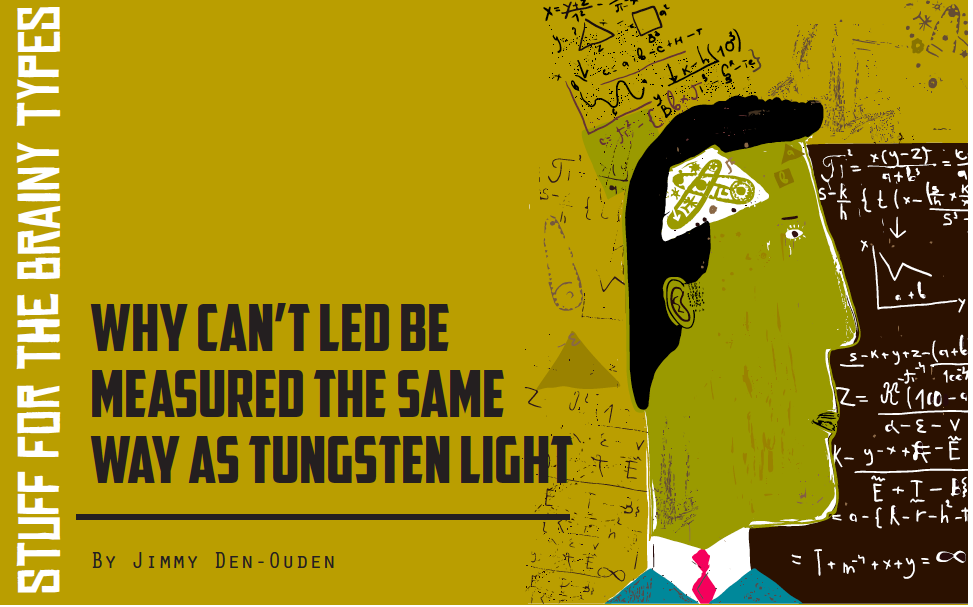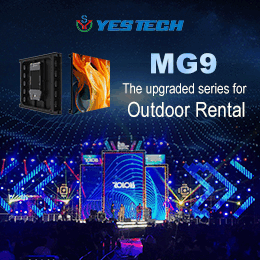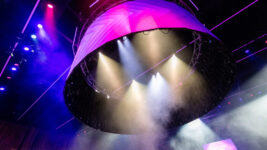Subscribe to CX E-News
By Jimmy Den-Ouden
While we can measure the light output of a tungsten light source or fixture in Lumens, it doesn’t work exactly the same way for LED sources. Let’s look at why.
Tungsten sources produce output that is both visible and non-visible. Radiometric measurement takes into account non-visible and visible output, and this output is known as the radiant flux. It’s measured in watts.
Photometric measurement looks at only visible wavelengths. Our eyes are most sensitive to green light (wavelength around 550nanometres), but we don’t see every frequency of light with an equal weighting. Hence for photometric measurements, the eye sensitivity curve comes into play, and this attempts to compensate for what we don’t see. Even so, it’s an imperfect system and this accounts for factors like the Judd-Voss correction. Look it up.
Single colour LED sources tend to peak (produce output concentrated) within very narrow bands, and often these peaks lie above the eye sensitivity curve. An LED source could actually be producing much more output than a traditional measurement will lead us to believe.
But wait, because there’s more – Absolute and relative photometry. Relative photometry requires testing of the light source separately from its enclosure or fixture. Great, but because LED sources often can’t be removed from their fixtures we rely instead on absolute photometry. How much light comes out the end of the actual fixture. Lensing, filters and other beam accessories can affect this number too.
Next up let’s look at colour rendering index, or CRI. This scale was never intended for use with LED sources, and as such deficiencies in the scale mean it isn’t a real good indicator of how good their colour rendering actually is. The CQS (colour quality scale) is becoming more popular, but is yet to be adopted widely by manufacturers.
The long and short of it is that measuring LED is a big, confusing topic. We haven’t even talked about distance and beam peaking. While there are heaps of standards for traditional light sources, it seems like we’re still trying to find the best way to deal with narrow-band sources like LED fairly. The bottom line here? If you want to know how good a fixture really is, do a visual comparison. It seems to me that perception is still nine tenths the law.
CX wishes to acknowledge Color Kinetics for parts of the content above – more excellent LED related reading can be found on their website at : http://www.colorkinetics.com/support/whitepapers/
Subscribe
Published monthly since 1991, our famous AV industry magazine is free for download or pay for print. Subscribers also receive CX News, our free weekly email with the latest industry news and jobs.












